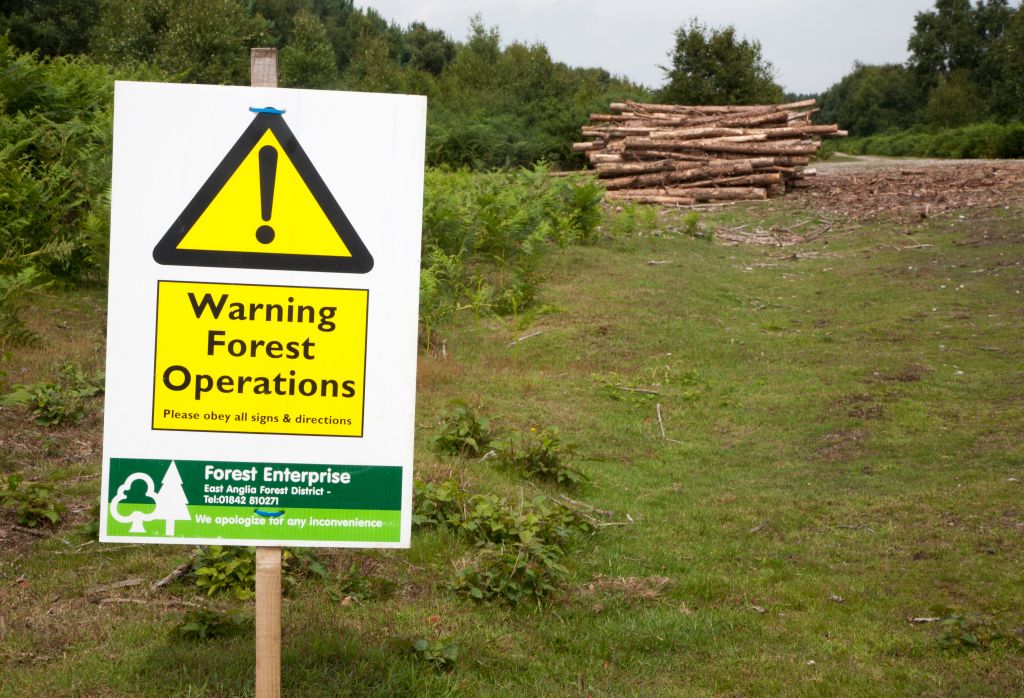Tree planting is one of those motherhood-and-apple pie policies that it’s quite hard to argue with. We have a climate crisis, and a dreadful decline in biodiversity, and more trees will help with that. They will restore our denuded landscape to something more natural, and they’re good for our mental health. Only a curmudgeon could carp about tree planting, which is presumably why the main political parties spent the last election having a plant-off about how many trees they want to get in the ground.
The government has a target of 30,000 hectares a year across the UK by 2025, and Boris Johnson has been linking his tree ambitions to all kinds of other problems. Last week, he said he wanted the government to move faster with its planting programme to fight the risk of floods.
There’s a cross-party consensus on the need to plant new trees, and why wouldn’t there be? Who can argue with a tree? Plenty of people, it turns out – and many of them are the ones politicians should be listening to. In fact, the first sign that there might be a problem with a policy is when all the main parties feverishly agree on it. Consensus in politics sounds lovely, but often leads to lazy thinking and a refusal to examine whether a policy really will work as well in practice as in the imagination.
This week, scientists at Kew Gardens warned that tree planting can actually damage the environment. In a paper published in the journal Global Change Biology, the researchers warned that:
‘Tree planting that is poorly planned and executed could actually increase CO2 emissions and have long-term deleterious impacts on biodiversity, landscapes and livelihoods.’
Their study covers reforestation projects across the world, but in the UK we’ve had a number of serious incidents in the past few years where trees have been planted in totally inappropriate places. Late last year, the Forestry Commission planted around 25 hectares of trees on the Berrier End farm in Cumbria. You might think that more trees on farmland would be an uncontroversial thing, as they would soak up more carbon and provide a habitat for wildlife. The problem was that this wasn’t just boring overgrazed pasture. It was a peat bog.
In environmental terms, this was a disaster. The carbon sequestration of peatlands is twice as much as that of the world’s forests. Digging it up releases some of that carbon back into the atmosphere. Peat is also an important habitat for mosses, plants, insects, reptiles and birds. Once damaged, it cannot easily be restored because peat is so slow to form. There was no way that planting these trees was a good thing.
The Forestry Commission has admitted it was wrong and said it will ‘learn from its mistakes’. But it’s not just the body that is responsible for England’s commercial forestry that has damaged valuable habitats in the quest to plant more trees – any trees – on land – any land – at any price.
Earlier last year, Cumbrian botanists were horrified when a farmer, with the go ahead from the Woodland Trust, planted trees on a wild flower meadow near Brampton. That meadow was home to rare Greater Butterfly Orchids and other important plants including Betony, Devil’s Bit Scabious and Restharrow. The Woodland Trust said a ‘mistake with data’ was to blame for the error. It said the planting would be reversed when it was pointed out that the trees would not be improving the land and were rather destroying an already species-rich environment.
There are lots of factors in these sorts of mistakes. Databases of habitats can be ropey to the extent that land appears to have little existing natural value. Not every charity, farmer or landowner commissions proper surveys from botanists who can tell them, out of season, whether trees would be appropriate on the proposed site. But the biggest problem is the default assumption that trees are always better than what was on the land before someone planted them.
It’s not just peatlands that contribute a great deal to our environment. Grassland also has a high carbon sequestration value, which can be equal to that of woodlands. And if the trees are not native – as they often aren’t when the Forestry Commission is involved, given it tends to focus on commercial conifers such as the Sitka Spruce, which comes from North America – then they are unable to participate fully in a local ecosystem, meaning many birds, insects and mammals lose out on food and shelter. And if trees are planted with plastic guards to protect them from Britain’s very poorly-managed and far too large deer population, then the local environment can suffer once again, as those plastic guards are often left in situ long after the trees have stopped needing them.
This week in the House of Lords, Environment Minister Lord Goldsmith told peers that the government would soon be publishing a tree strategy for England, which had consulted the Forestry Commission, charities and ‘sector experts’. He acknowledged the importance of allowing land to regenerate itself, rather than planting, and described the plastic guards as ‘a terrible blight in many parts of the country’.
Goldsmith is a rare politician in that he really knows his brief, having worked on it for many years prior to entering politics. But many of his colleagues – and the agencies and charities in this sector too – seem to view land without trees as automatically without value. That’s not right, and by seeing tree planting as something that’s unquestionably good, politicians risk causing yet more harm to our natural environment.







Comments